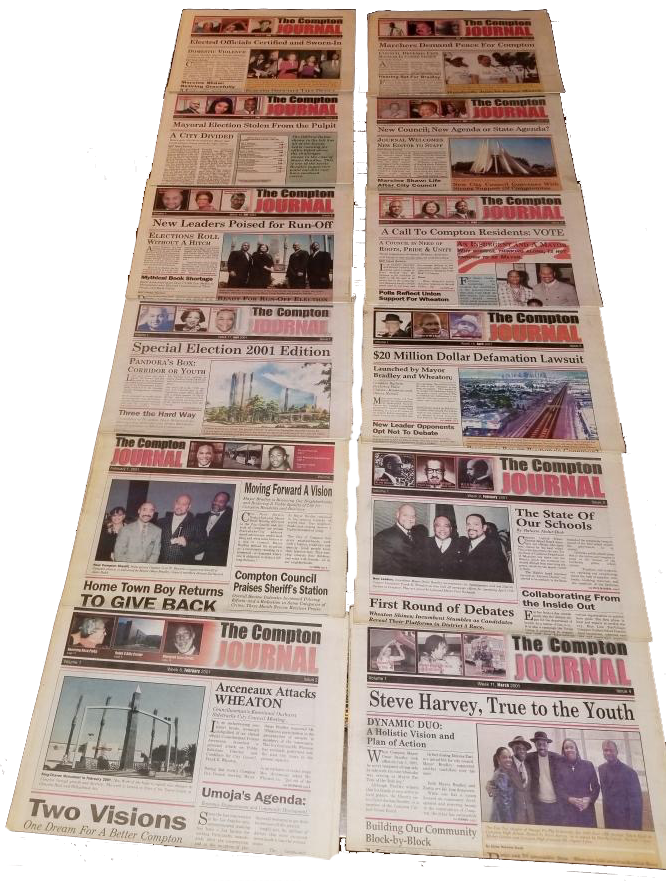The Journals
The Journal journey began with rejection!

Yes, rejection!
Upon returning to Compton after college, my hometown newspaper publisher whom I admired, rejected my application to work with him at the Compton Bulletin. But I was determined to realize my vision to become a newspaper man in my hometown so I constantly developed the business model, the product and unique service of delivering local news to every doorstep in the city, and when the time came I was ready to deliver.
The Compton Journal was a vision realized in large part with the support of then Compton City Councilman Amen Rahh and Mayor Omar Bradley. The truth is, the Compton Bulletin publisher,
O. Ray Wilson, inspired the Compton Journal more than any one person when he responded to my job inquiry by stating, “the only way you’ll write for this paper is if you pay for the space”. Now, maybe I was a little naive, but I thought being a veteran and having a Howard University education would at least snag me a $25 per article job with my hometown newspaper.
The rejection made me realize my sights were too low.
Somewhere out of the Universe I got a notion that I could produce a better publication, and create jobs for local residents from the community. I thought, by then I had been properly trained at both Southwest College and Howard University, having a pretty good understanding on what a newspaper should look like.
At Southwest College, I was the political Cartoonist and a student of and inspired by the likes of the Black Panther Party’s Emory Douglas, the L. A. Times’ Paul Conrad and Kofi Tyrus of the D.C. Edition of the Afro-American Newspaper. Rene’ Childress was the editor of our student publication who taught me so much about the newspaper’s role and introduced me to the Black Panther Party for self defense.
Another huge influence at the time was Earl Ofari Hutchenson whom had just published “The Myth of Black Capitalism”. Earl also published a monthly newsletter. Rene’, Earl and I would play basketball every Sunday morning and there I learned as they discussed a variety of situations, conditions and challenges confronting Black Americans, and how best to use the Black Press as a sounding board to tell our story.
I arrived at Howard University with a bundle of Black Panther Party Newspapers under my arm. Once I discovered no one on campus was circulating the monthly Party newspaper, I reached out to the HQ and they were as excited as I was about me circulating the paper on campus. While working with student government at Howard, I created the Ujima Gazette and Ujima Student Newspaper.
After presenting the venture to Councilman Rahh, I was able to secure a small advertising contract from the city. The timing to launch the Journal was perfect because of the upcoming city election which meant there was a lot of campaign dollars available. The rest is history!
I was able to hire a staff of writers, editors and advertising sales reps. We secured a contract with a distribution company that put our publication on all 22,000 doorsteps throughout the city of Compton. In fact, the layout was so tight, it changed the way every newspaper in the city designed their publication.
Publishing the Journal opened a lot of doors for me locally and nationally. The opportunity to expand always captured my attention. During that time both the Chicago Defender and The Los Angeles Sentinel were for sale. I was trying to get funding to purchase them both but I was looking in all of the wrong places and couldn’t pull it together.
Print publishing had become very expensive and advertising revenues were shrinking. Rising costs in paper, ink and circulation were like nails in a coffin for small weekly newspaper publishers. Technology’s impact had hit the newspaper publishing business hard and it was time for a shift.


